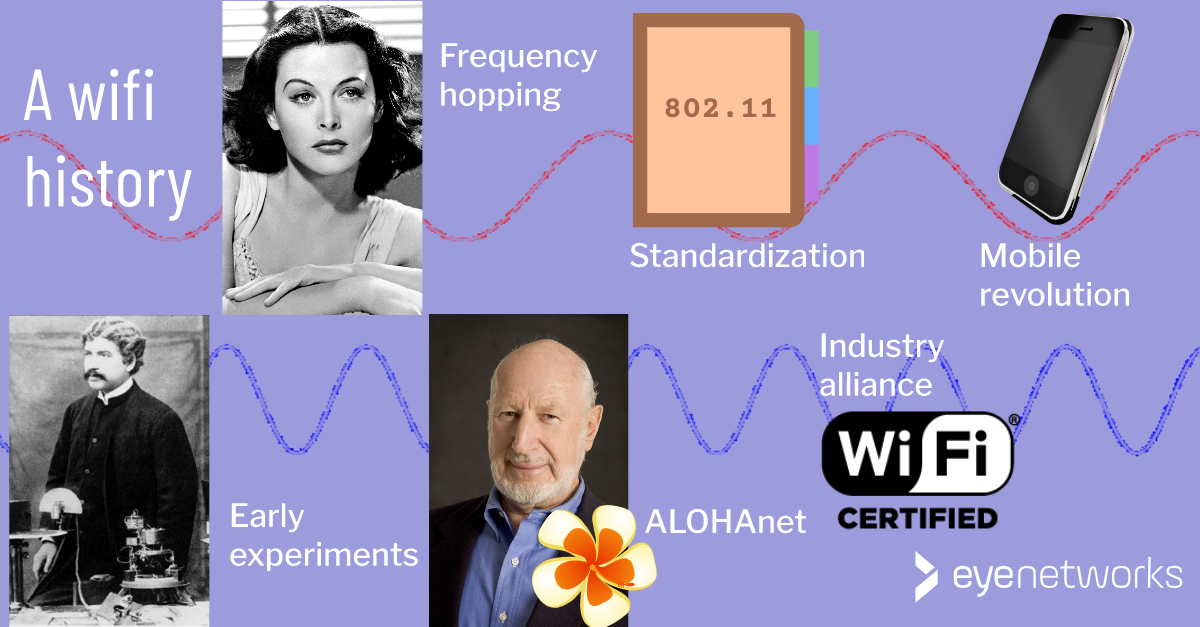
The History of WiFi
The first generation of WiFi products was only able to reach a data rate of 11Mbit/s. To enhance speed, earlier versions (802.11b and 802.11a) are combined to offer users a WiFi speed of 54Mbps (802.11g). 2004 WiFi devices start hitting the market. The one device that's most popular out of all the ones that came out is the WiFi-enabled cellphone.
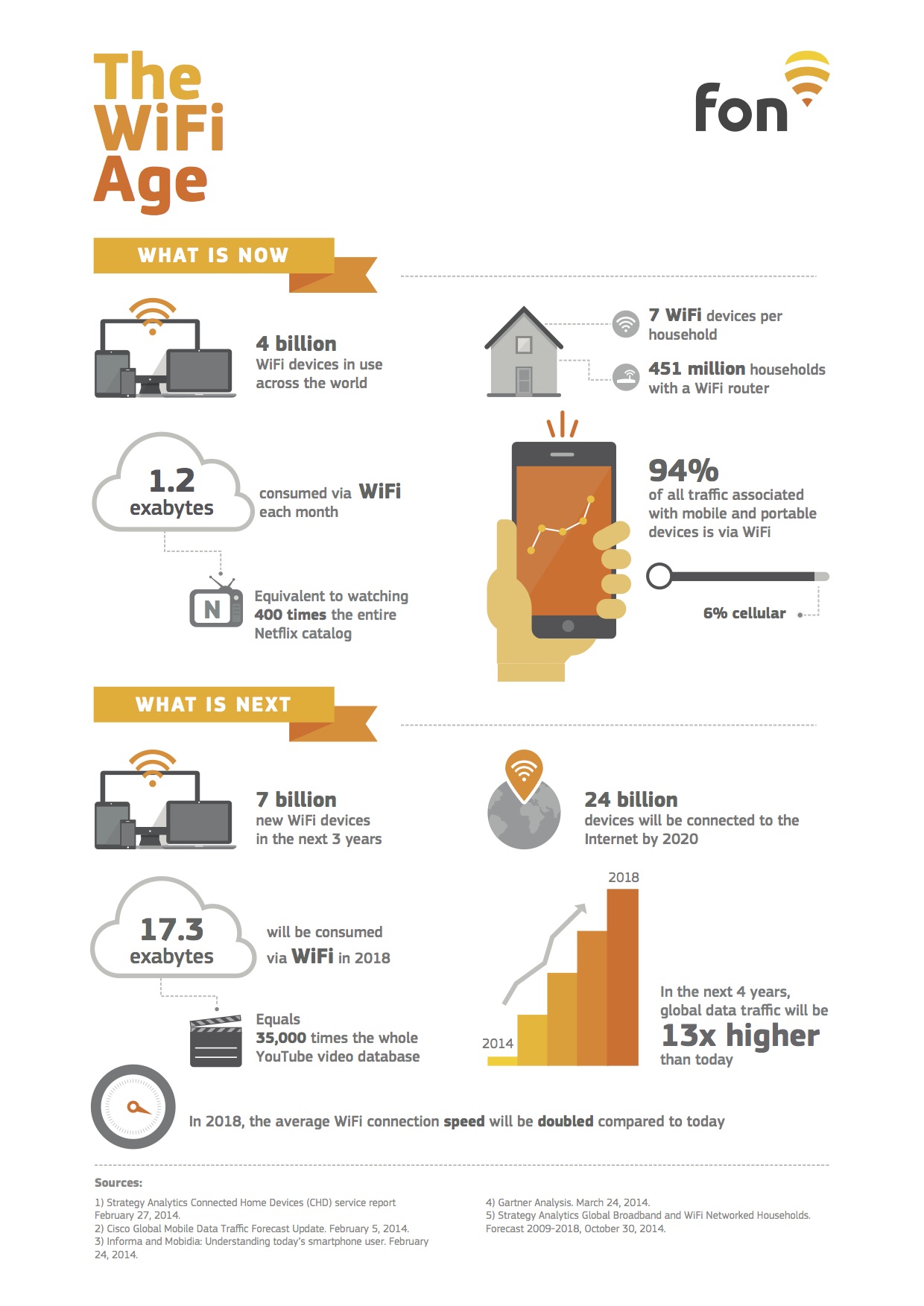
15 years of WiFi a timeline Fon The global WiFi network
Although the first three generations of Wi-Fi---802.11, 802.11b, 802.11a---saw some uptake among corporations and early adopters, the introduction of 802.11g in 2003 truly pushed Wi-Fi into the mainstream. It was superseded by 802.11n or Wi-Fi 4 in 2008, which significantly improved the Wi-Fi link rate by introducing MIMO and a channel.

History of WiFi Standards (IEEE 802.11 Protocols Explained) YouTube
The first wireless transmitters in the late 1890s ushered in a century of innovation. While wireless technology effectively amounted to sending a single signal for a few miles, Victorian-era.

A Brief History of WiFi
The Wi-Fi Alliance was established later the same year, ensuring wireless internet access was primed to become the norm everywhere from Nantucket to Timbuktu. Faster, Faster, Faster!. In 2014, the first big upgrade occurred. The original 802.11 standard pioneered by Hayes was levelled up to 802.11ac. This cleared the path for more rapid.
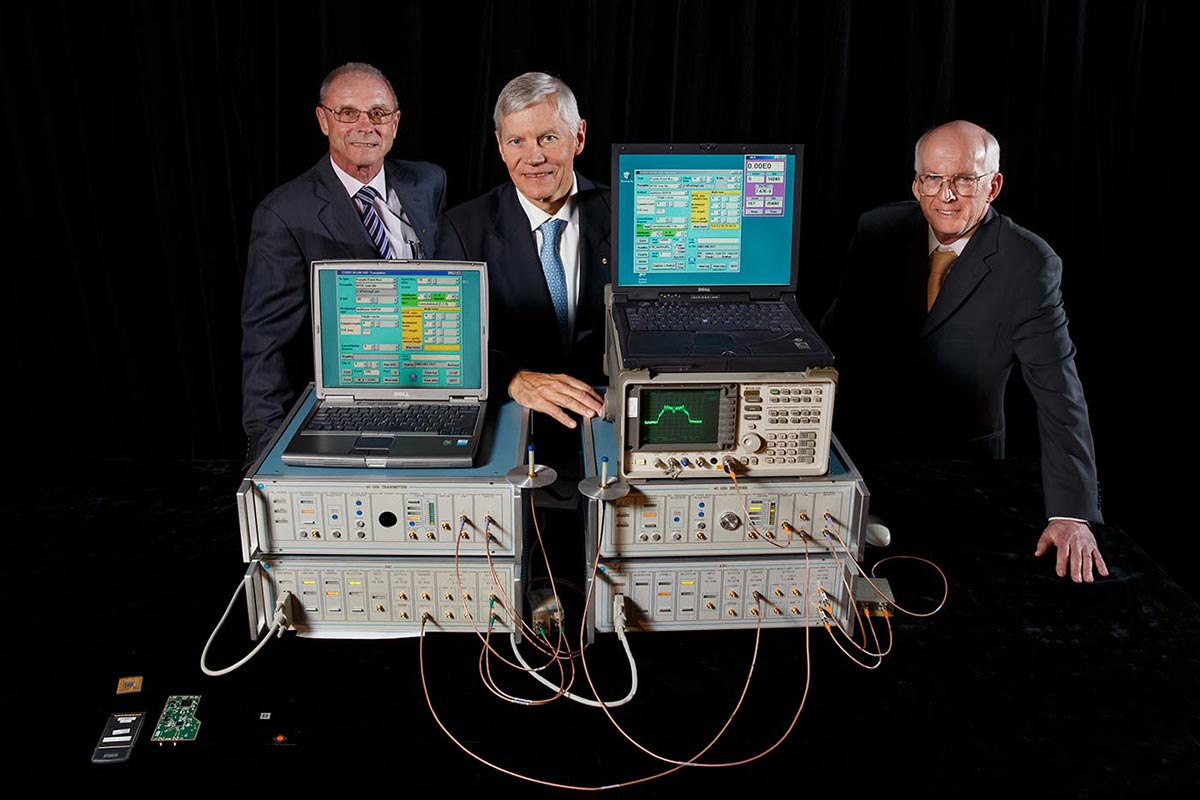
Wifi National Museum of Australia
First, you need to examine the history of the 802.11 standards (radio frequency) used for broadcasting a Wi-Fi signal. Second, you need to look at the electronic equipment involved in sending and receiving a Wi-Fi signal. Not surprisingly, there are many patents connected with Wi-Fi technology, though one important patent stands out.
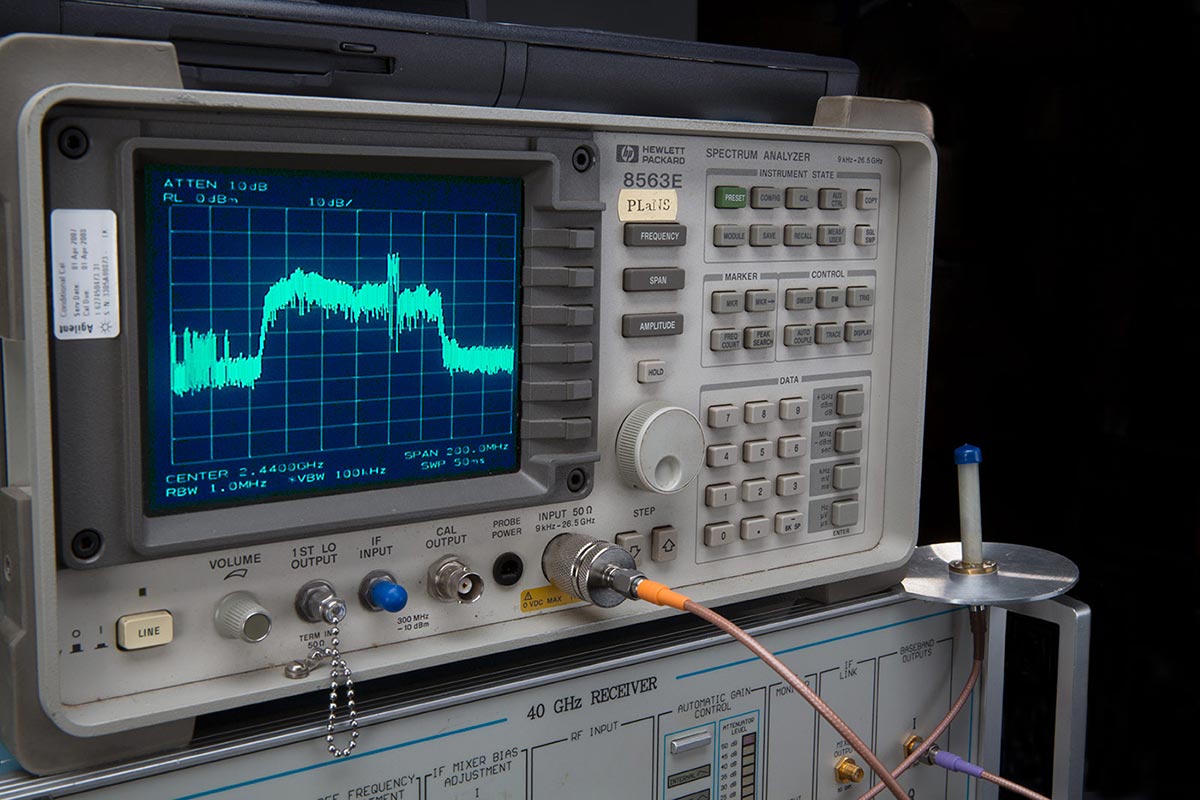
Wifi National Museum of Australia
802.11-1997 was the first wireless networking standard in the family, but 802.11b was the first widely accepted one, followed by 802.11a, 802.11g, 802.11n, 802.11ac, and 802.11ax. Other standards in the family (c-f, h, j) are service amendments that are used to extend the current scope of the existing standard, which amendments may also.
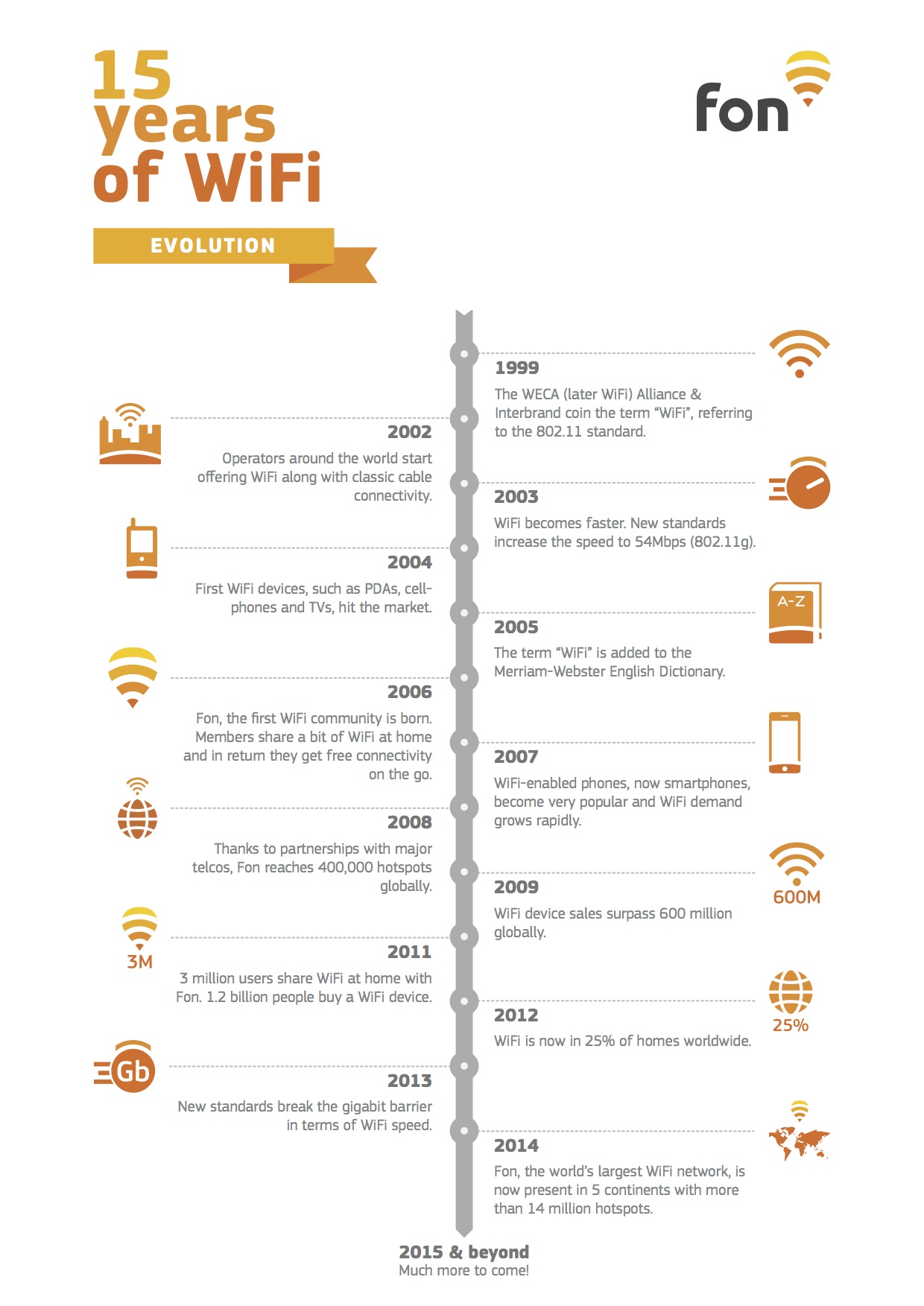
15 years of WiFi a timeline Fon The global WiFi network
The history of WiFi is long and interesting. In 1971, ALOHAnet connected the Hawaiian Islands with a UHF wireless packet network. ALOHAnet and the ALOHA protocol were early forerunners to Ethernet, and later the IEEE 802.11 protocols, respectively. Vic Hayes is often regarded as the "father of Wi-Fi.". He started such work in 1974 when he.

The History of WiFi 1971 to Today CableFree
It's hard to imagine a life without Wi-Fi and all the benefits it brings, but who invented it? Hedy Lamarr and George Antheil. Hedy Lamarr (1914-2000 ) and George Antheil (1900 - 1959 ) invented a system which allowed radio waves to jump onto different frequencies. The idea was originally to stop the US Navy's radio signals from being jammed by their enemy in World War 2.

The Evolution of WiFi networks from IEEE 802.11 to WiFi 6E
In 1997, the IEEE ratified the original 802.11 standard —the "802.11" technology term simply refers to Wi-Fi. In 1999 wireless was introduced to the general public as a "nice to have" with the 802.11 a and b ratifications. These standards had very low speeds (up to 54 Mbps & 11Mbps respectively) but it was ok, because there were no.
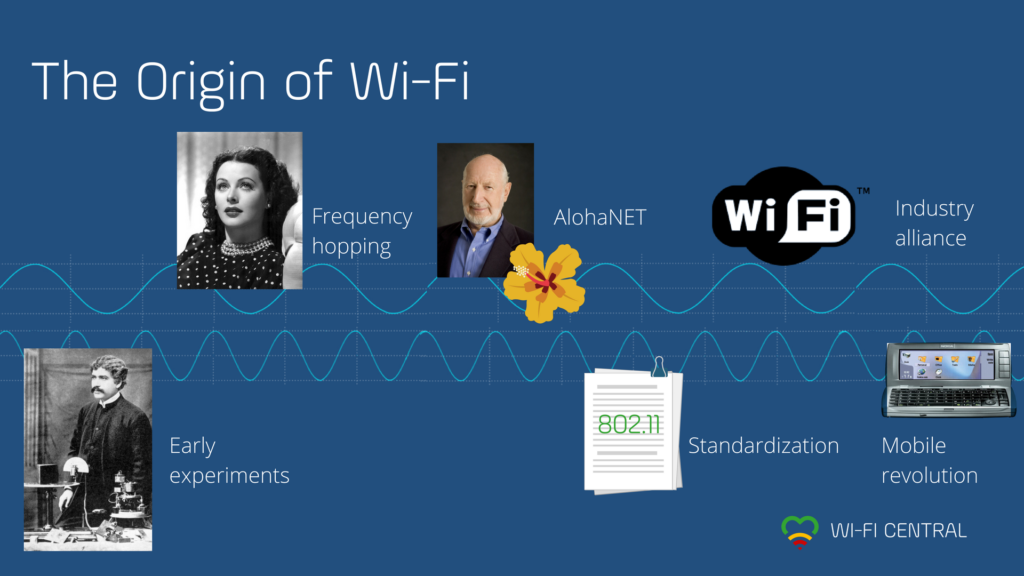
The History of WiFi
A wireless LAN ( WLAN) is a wireless computer network that links two or more devices using wireless communication to form a local area network (LAN) within a limited area such as a home, school, computer laboratory, campus, or office building. This gives users the ability to move around within the area and remain connected to the network.
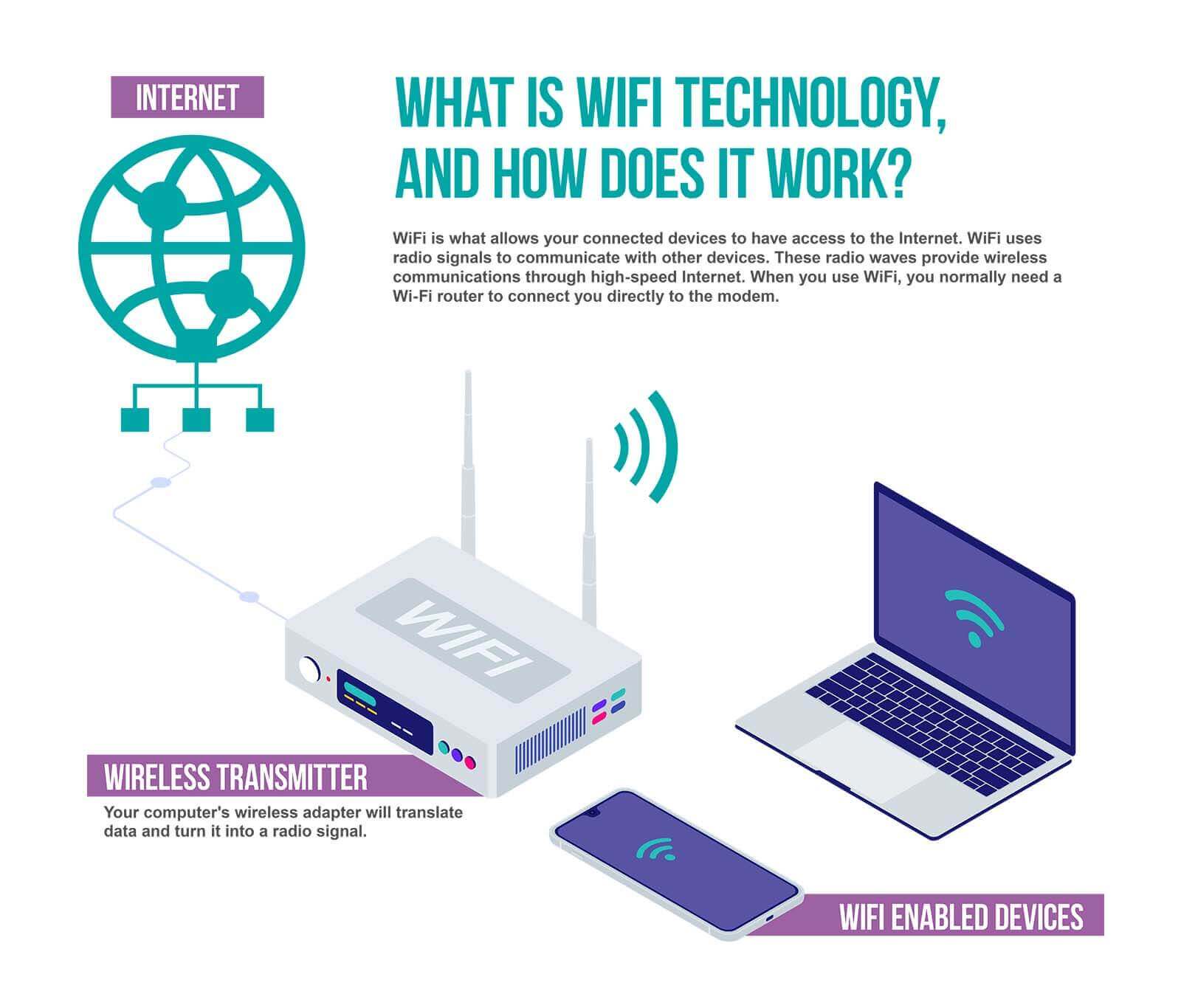
A Brief History of WiFi
Wi-Fi (/ ˈ w aɪ f aɪ /) is a family of wireless network protocols based on the IEEE 802.11 family of standards, which are commonly used for local area networking of devices and Internet access, allowing nearby digital devices to exchange data by radio waves.These are the most widely used computer networks, used globally in home and small office networks to link devices and to provide.
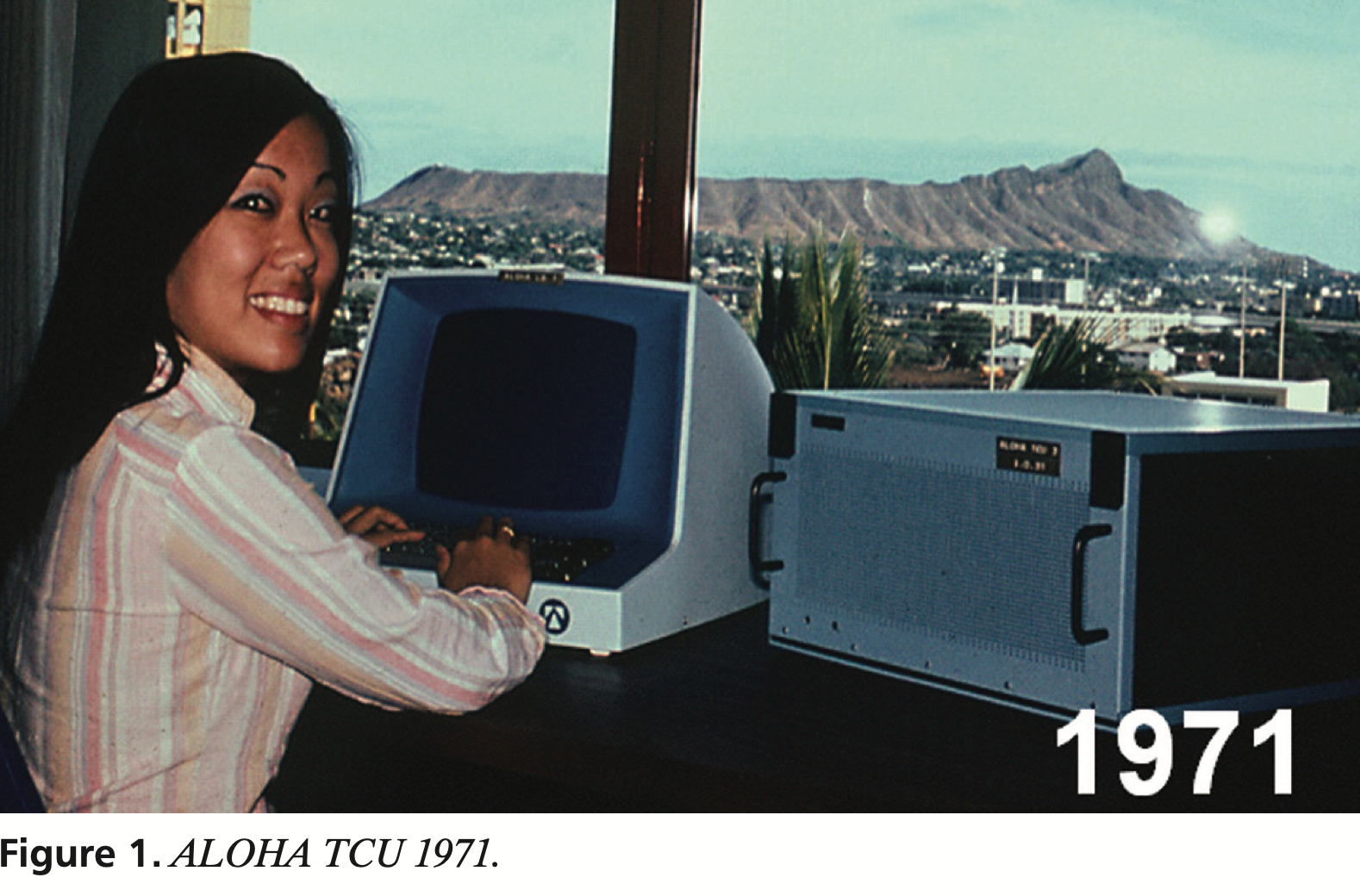
WiFi 101 — WiFi Origins and History — McCann Tech
The 802.11 group continued to work throughout the 1990s to develop the standard, which was a long and complicated process. It took 7 years and input from countless engineers to form the first Wi-Fi standard, known as 802.11-1997. The first Wi-Fi standard was in some ways a messy compromise.
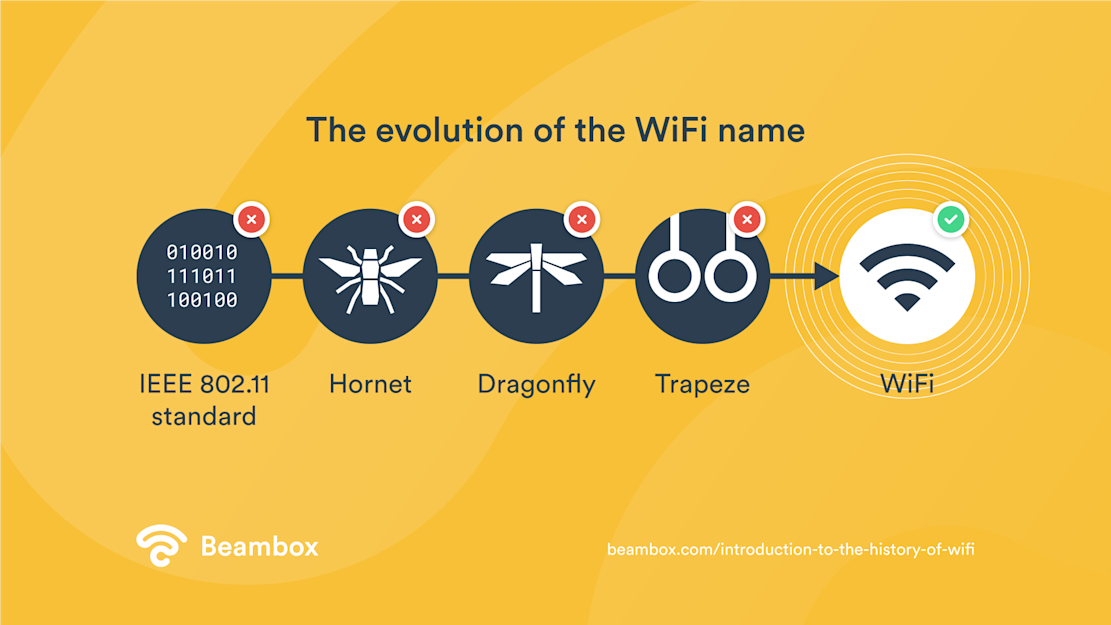
The History of WiFi A Brief Introduction Beambox
The real shift happened in the late 1990s, when Vic Hayes — known to many as the "father of WiFi" — introduced the concept of an international standard for wireless networking, known as the IEEE 802.11 standard. In 1999, Hayes and his team at the Institute of Electrical and Electronics Engineers (IEEE) updated the standard for WiFi to.
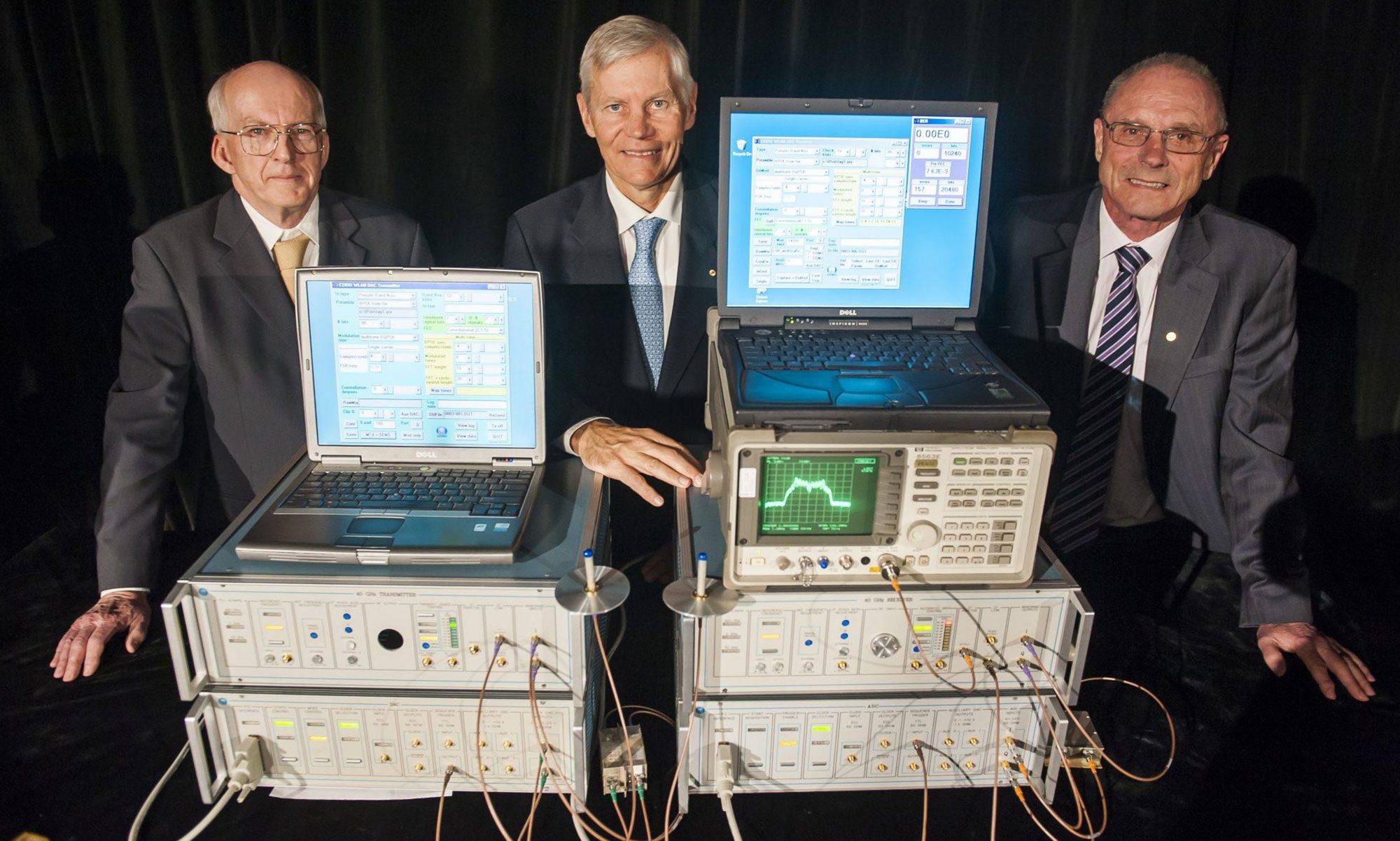
Dr John O’Sullivan The inventor of modern WiFi Pause Awards
Victor Hayes gets the credit for inventing Wi-Fi, but like many inventions, more than one person is involved. This article explains the origins of Wi-Fi and describes the people and tech that made it possible. It also explores how Wi-Fi has developed and changed over the years. Place the Wi-Fi router in its natural position.

El origen del Wifi UNIKA FM
This interactive visual graph has traced WiFi's growth back more than 40 years to bring you the incredible history of WiFi. The History of WiFi. The. and MobileStar becomes the first company to provide WiFi hotspots in airports, hotels, or coffee shops, signing contracts with American Airlines, Hilton Hotels, and Starbucks.
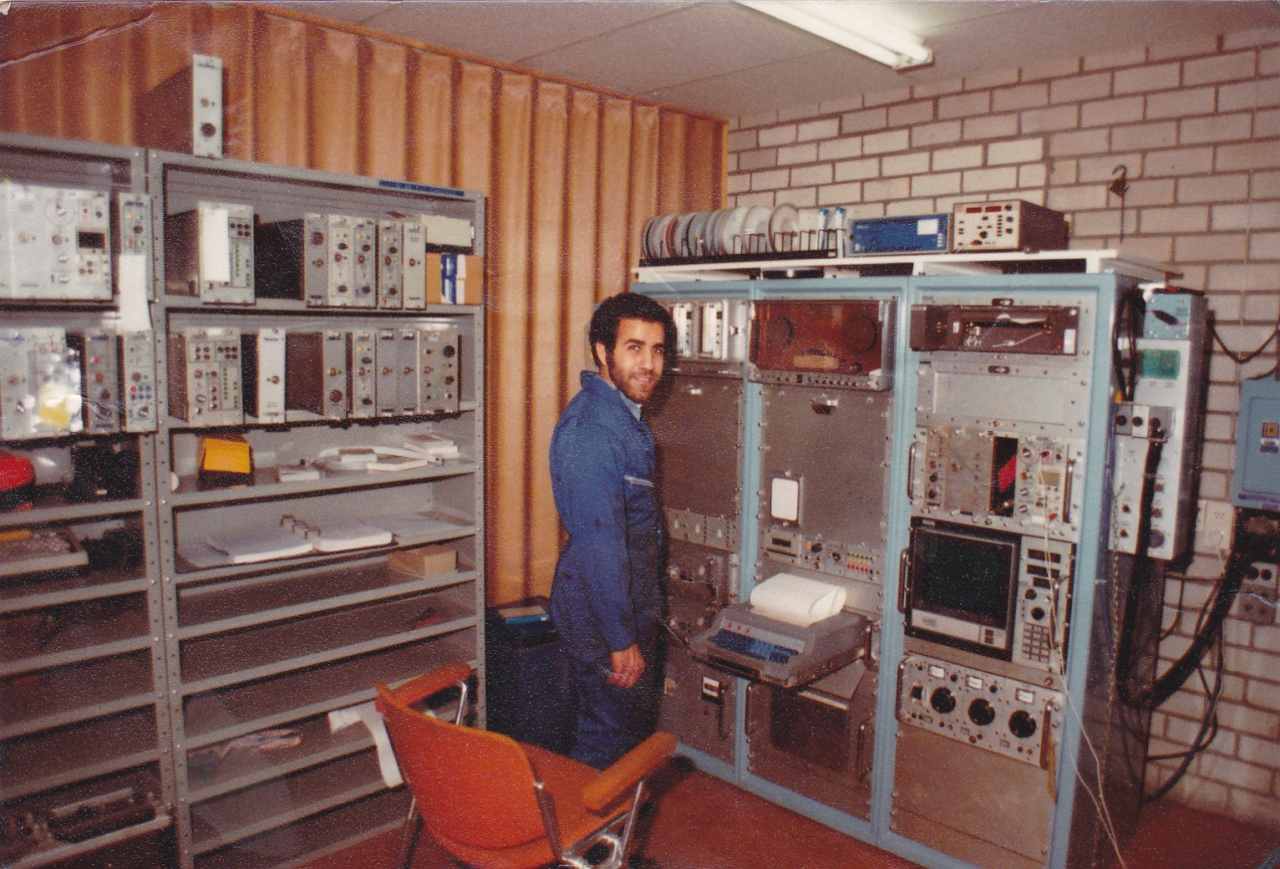
Meet the Egyptian inventor of the origins of the WiFi Egypt Independent
By Colleen Cheslak | 2018. Hedy Lamarr was an Austrian-American actress and inventor who pioneered the technology that would one day form the basis for today's WiFi, GPS, and Bluetooth communication systems. As a natural beauty seen widely on the big screen in films like Samson and Delilah and White Cargo, society has long ignored her.